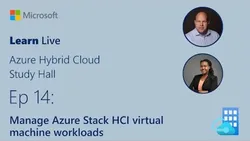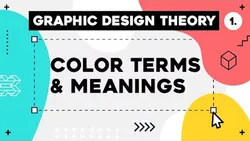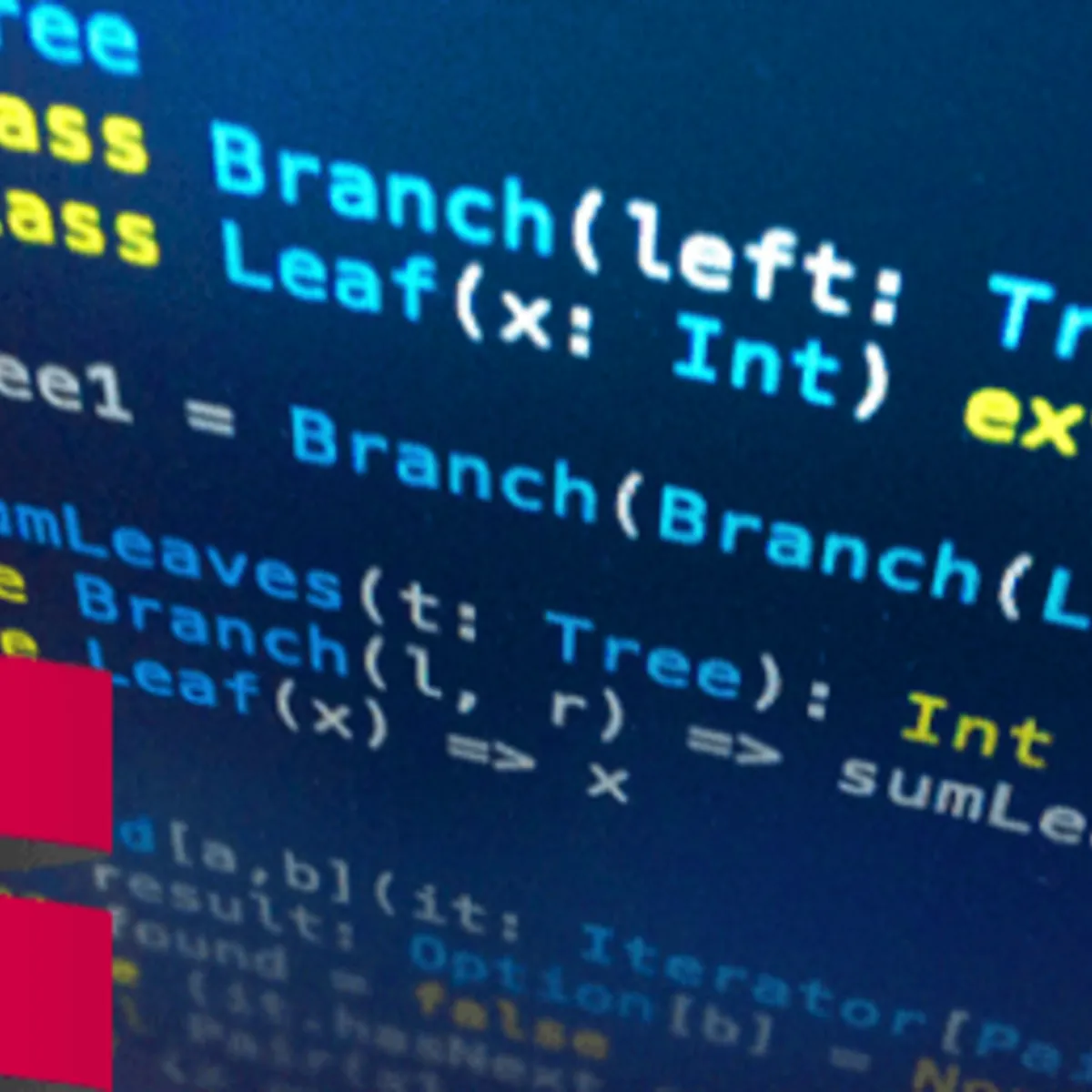
Web Programming with Flask - Intro to Computer Science - Harvards CS50 (2018) 
This week's CS50 course focused on web programming with Flask. It began with a recap of the previous week's topics, followed by an introduction to the Model-View-Controller (MVC) framework. Students then created a web application using serve.py, application.py, froshims0, froshims1, froshims2, froshims3, and froshims6. Bootstrap and form submission were also covered, as well as words0, jQuery, and words1. Finally, students learned about AJAX and JSON. ▼
ADVERTISEMENT
Course Feature
![]() Cost:
Cost:
Free
![]() Provider:
Provider:
freeCodeCamp
![]() Certificate:
Certificate:
Paid Certification
![]() Language:
Language:
English
![]() Start Date:
Start Date:
On-Demand
Course Overview
❗The content presented here is sourced directly from freeCodeCamp platform. For comprehensive course details, including enrollment information, simply click on the 'Go to class' link on our website.
Updated in [February 21st, 2023]
) Introduction.
) Week 6 Recap.
) MVC.
) froshims.
) serve.py.
) application.py.
) froshims0.
) froshims1.
) froshims2.
) froshims3.
) froshims6.
) Bootstrap.
) Form Submission.
) words0.
) jQuery.
) words1.
) words2.
) words3.
(Please note that we obtained the following content based on information that users may want to know, such as skills, applicable scenarios, future development, etc., combined with AI tools, and have been manually reviewed)
This course is an introduction to computer science and web programming with Flask. It covers topics such as Week 6 Recap, MVC, froshims, serve.py, application.py, froshims0, froshims1, froshims2, froshims3, froshims6, Bootstrap, Form Submission, words0, jQuery, words1, words2, and words
By taking this course, learners will gain a comprehensive understanding of the fundamentals of computer science and web programming with Flask. They will learn how to use the MVC framework, how to create and deploy web applications, and how to use Bootstrap and jQuery to create interactive webpages.
Possible development paths for learners include pursuing a career in web development, software engineering, or computer science. They could also pursue further education in these fields, such as a degree in computer science or a certificate in web development.
Learning suggestions for learners include exploring other web development frameworks such as Django or Ruby on Rails, as well as learning more about HTML, CSS, and JavaScript. Additionally, they could look into other computer science topics such as algorithms, data structures, and artificial intelligence.
[Applications]
After completing this course, students can apply their knowledge of web programming with Flask to create their own web applications. They can use the concepts of MVC, serve.py, application.py, froshims0, froshims1, froshims2, froshims3, froshims6, Bootstrap, Form Submission, words0, jQuery, words1, words2, and words3 to create dynamic webpages. Additionally, students can use the knowledge gained from this course to create their own web applications and websites.
[Career Paths]
1. Web Developer: Web developers are responsible for creating and maintaining websites. They use programming languages such as HTML, CSS, JavaScript, and Python to create websites and web applications. They also use frameworks such as Flask to create dynamic webpages. Web developers must stay up-to-date with the latest web technologies and trends in order to create the best user experience.
2. Software Engineer: Software engineers are responsible for designing, developing, and testing software applications. They use programming languages such as Python, Java, and C++ to create software applications. They must also be familiar with frameworks such as Flask in order to create dynamic webpages. Software engineers must stay up-to-date with the latest software development trends in order to create the best software applications.
3. Data Scientist: Data scientists are responsible for analyzing large datasets and extracting meaningful insights from them. They use programming languages such as Python and R to analyze data and create data visualizations. They must also be familiar with frameworks such as Flask in order to create dynamic webpages. Data scientists must stay up-to-date with the latest data science trends in order to create the best data-driven solutions.
4. Machine Learning Engineer: Machine learning engineers are responsible for developing and deploying machine learning models. They use programming languages such as Python and R to create machine learning models. They must also be familiar with frameworks such as Flask in order to create dynamic webpages. Machine learning engineers must stay up-to-date with the latest machine learning trends in order to create the best machine learning solutions.
Course Provider

Provider freeCodeCamp's Stats at AZClass
Discussion and Reviews
0.0 (Based on 0 reviews)
Explore Similar Online Courses

Learn Live - Manage Azure Stack HCI virtual machine workloads

Graphic Design Theory

RDBMS PostgreSQL

Intro To PostgreSQL Databases With PgAdmin For Beginners

PostgreSQL: Client Applications

Mastering SQL using Postgresql

Database Design and Basic SQL in PostgreSQL

PostgreSQL: Advanced Queries

Spatial SQL with Postgres : A language for geographers

Learn SQL Using PostgreSQL: From Zero to Hero

PostgreSQL Essential Training


Start your review of Web Programming with Flask - Intro to Computer Science - Harvards CS50 (2018)